Predictions & Data for this entry
| Model: abj | climate: MB | migrate: | phylum: |
| COMPLETE = 3.0 | ecozone: MAm | food: biPp | class: |
| MRE = 0.202 | habitat: 0jMp, jiMr | gender: Hsm | order: |
| SMSE = 0.079 | embryo: Mp | reprod: O | family: |
Zero-variate data
| Data | Observed | Predicted | (RE) | Unit | Description | Reference |
|---|---|---|---|---|---|---|
| ab | 2 | 2.053 | (0.02667) | d | age at birth | TrigVice2017 |
| aj | 10 | 6.289 | (0.3711) | d | age at metamorphosis | ButlVice1993 |
| tp | 545.5 | 417.6 | (0.2344) | d | age at puberty since birth | RichKenn1999 |
| am | 9855 | 9856 | (7.699e-05) | d | life span | GaliVlah2006 |
| Lb | 0.0085 | 0.0085 | (3.851e-05) | cm | total length at birth | TrigVice2017 |
| Lj | 0.1 | 0.2324 | (1.324) | cm | total length at metamorphosis | ButlVice1993 |
| Lp | 16.5 | 22.22 | (0.3465) | cm | total length at puberty | DeudGrau2017 |
| Li | 86 | 84.42 | (0.01836) | cm | ultimate length in the wild | RichKenn1999 |
| GSI | 0.52 | 0.4726 | (0.09119) | g/g | gonado somatic index | DeudGrau2017 |
| E0 | 0.001 | 0.001017 | (0.01656) | J | initial energy content | VeerCard2006 |
Uni- and bivariate data
| Data | Figure | Independent variable | Dependent variable | (RE) | Reference |
|---|---|---|---|---|---|
| tL1_T | 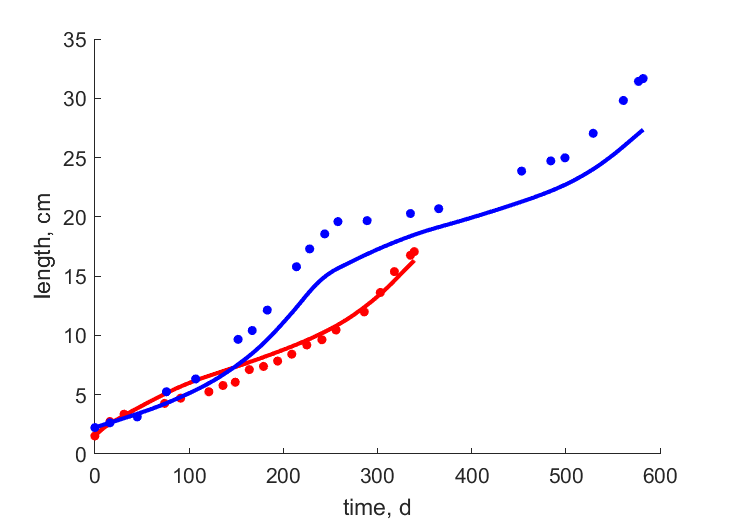 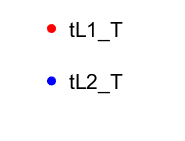 | time | length | (0.07623) | RichKenn1999 |
| tL2_T |   | time | length | (0.1371) | RichKenn1999 |
| TdL1 | 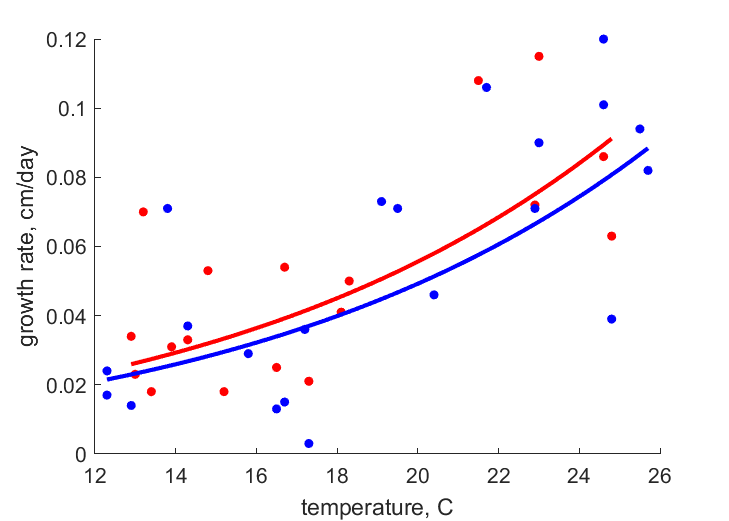 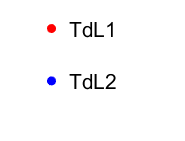 | temperature | growth rate | (0.3048) | RichKenn1999 |
| TdL2 |   | temperature | growth rate | (0.3475) | RichKenn1999 |
| LN | 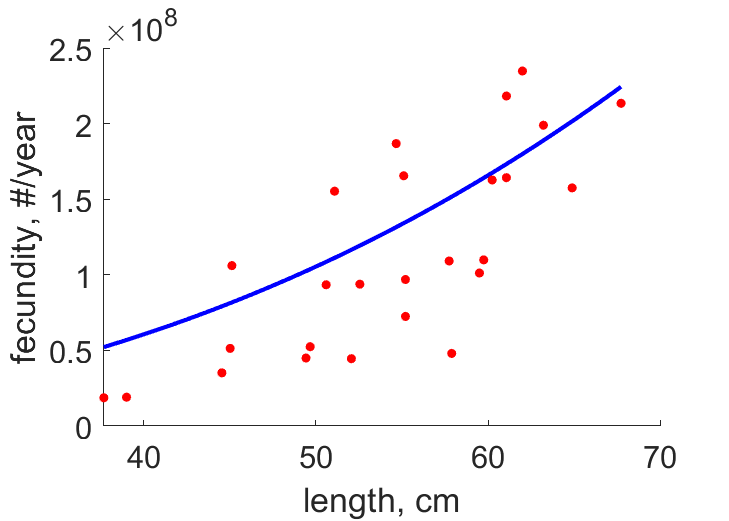 | length | fecundity | (0.3596) | TrigVice2017 |
| LdL | 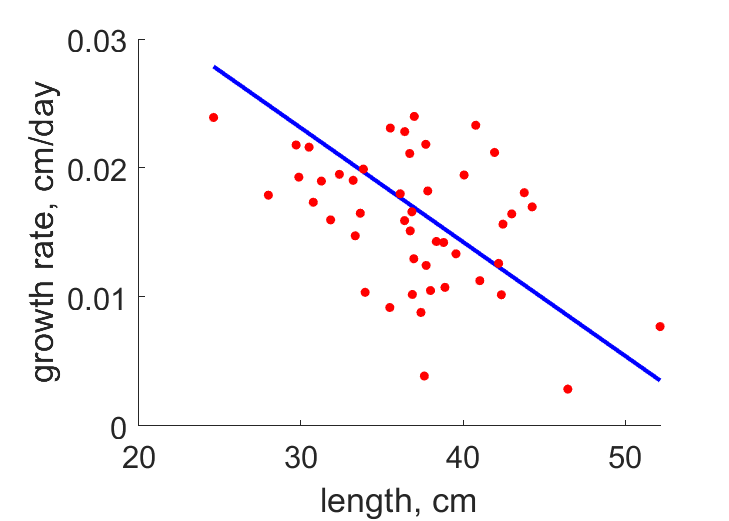 | length | growth rate | (0.2709) | SilePeha2003 |
| tL1 |  | time since birth | total length | (0.04376) | RichKenn1999 |
| tL2 | 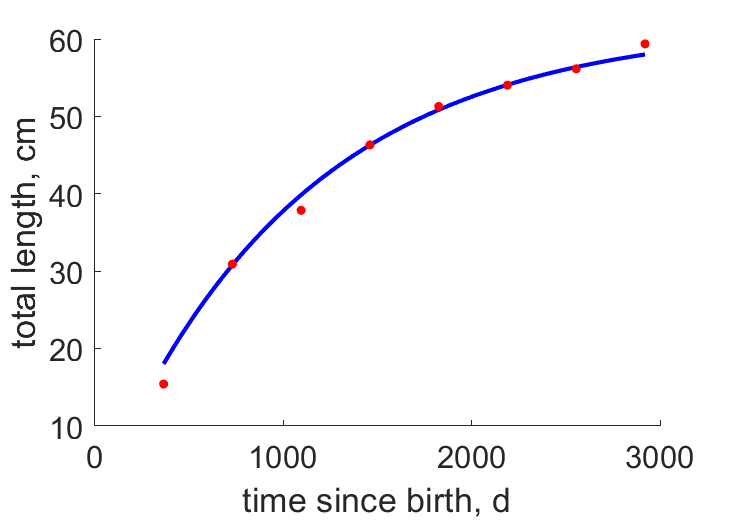 | time since birth | total length | (0.01936) | RichKenn1999 |
Pseudo-data at Tref = 20°C
| Data | Generalised animal | Pinna nobilis | Unit | Description |
|---|---|---|---|---|
| v | 0.02 | 0.007535 | cm/d | energy conductance |
| p_M | 18 | 10.68 | J/d.cm^3 | vol-spec som maint |
| k_J | 0.002 | 0.002 | 1/d | maturity maint rate coefficient |
| k | 0.3 | 0.4418 | - | maintenance ratio |
| kap | 0.8 | 0.5528 | - | allocation fraction to soma |
| kap_G | 0.8 | 0.7978 | - | growth efficiency |
| kap_R | 0.95 | 0.95 | - | reproduction efficiency |
Discussion
- Some data and inital parameter values of species Crassostrea gigas were taken, because more data was available (C. gygas is a well studied commertial species).P. nobilis and C. gygas belong to the same bivalve order, Ostreida, with the most similar growth/size pattern throughout the life cycle.Ref: MolluscaBase.
- The individuals at different locations reach different size - to reproduce that, we use site specific f for which the initial value was set as a ratio of maximum shell length reported for that site (provided in the relevant publication) and the maximum recorded shell size of 86 cm.It is possible (for all sites) that the largest reported shells might not be the maximum obtainable size in that area, as the collection of specimens by amateur divers may be partially responsible of the absence of larger individuals.
- In the datasets from RichKenn1999 the temperatures were inferred from shell carbonate (using palaeotemperature equation), and the bivalve growth rates were then inferred from temperature profiles.
Facts
- This is an endemic and the largest bivalve mollusc of the Mediterranean with life span up to 27 years (Ref: ZavoHrsb1991, Gome1988)
- Feeding starts when the appearance of a ciliary structure or velum occurs (Ref: TrigVice2017)
- Usual habitat of the bivalve are seagrass meadows, thus deagradation of this habitats impacts the recruitment of the juveniles (Ref: GarcVice2006)
- For the juveniles the growth pattern shows rapid growth during first year, and slightly slower growth in the second year. Also growth rate decreases during a period of increasing water temperatures and at the time of gametogenesis, probably due to reallocation of energy from shell growth to reproduction (Ref: DeudGrau2017)
- The species is asynchronic hermaphrodite showing a single three-month spawning season.The smallest individuals have only male gonads, while only larger individuals can develop exclusivly female gonads. (Ref: DeudGrau2017)
Bibliography